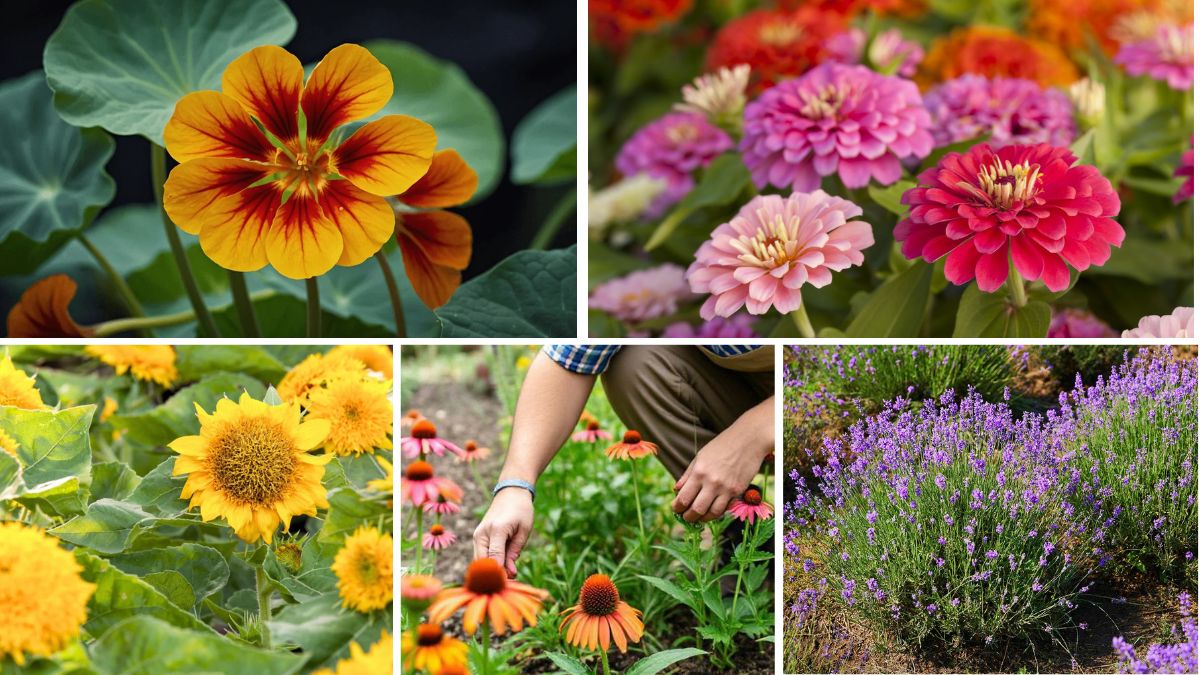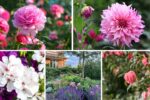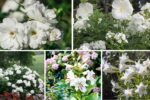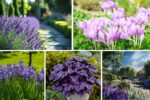Herbs are often grown for their culinary and medicinal uses, while flowers are cherished for their beauty and fragrance. But when combined, they create a garden space that is both functional and visually stunning. Herb-and-flower combo beds not only enhance the aesthetic of your garden but also attract pollinators, improve soil health, and provide fresh ingredients right at your doorstep. Below are five creative ideas to design gorgeous and flavorful beds that blend beauty with practicality.
1. Lavender and Rosemary Bed with Marigolds
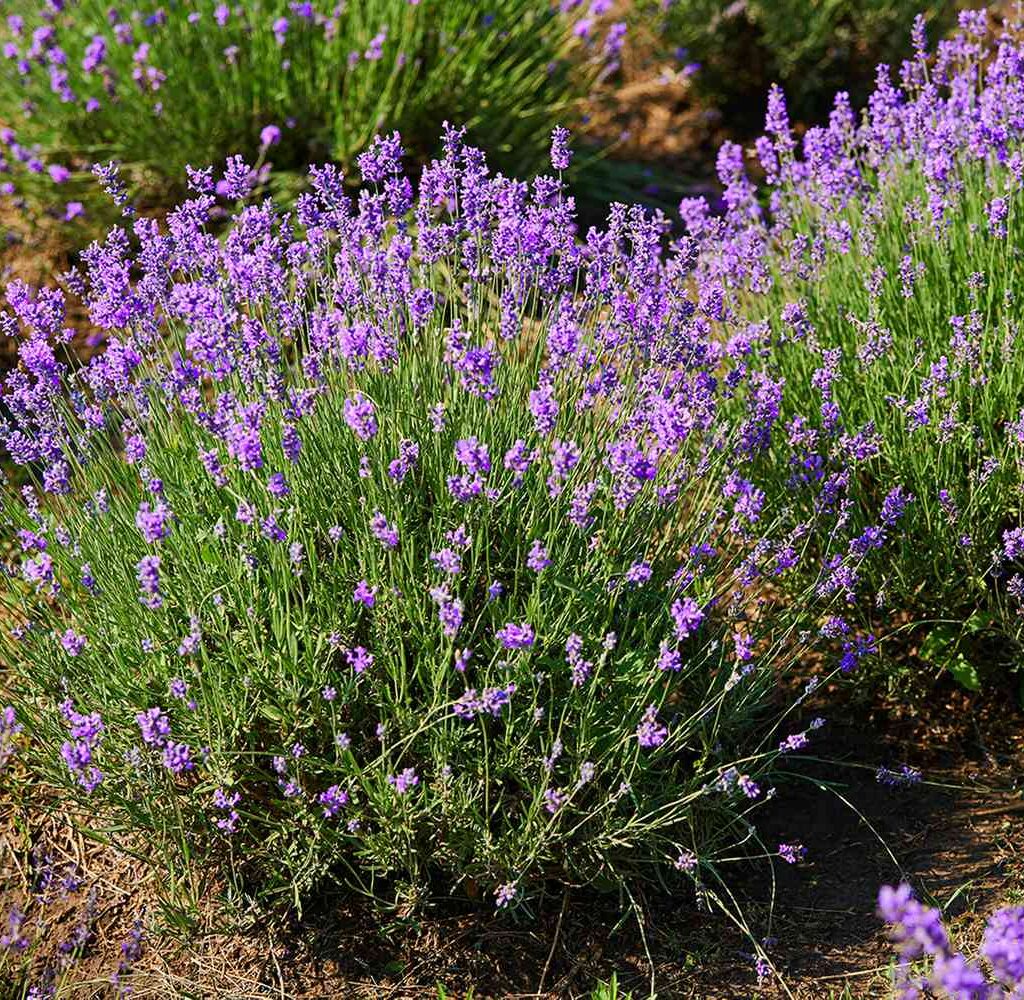
Pairing lavender and rosemary with marigolds creates a vibrant and aromatic flower bed that is both eye-catching and useful. Lavender’s calming fragrance complements rosemary’s earthy notes, making the bed a sensory delight. The marigolds not only bring a splash of warm golden tones but also act as natural pest deterrents, protecting your herbs. This combination thrives in sunny spots and requires little maintenance, making it perfect for busy gardeners who still want beauty and flavor in their garden.
2. Basil and Zinnias for a Colorful Kitchen Garden
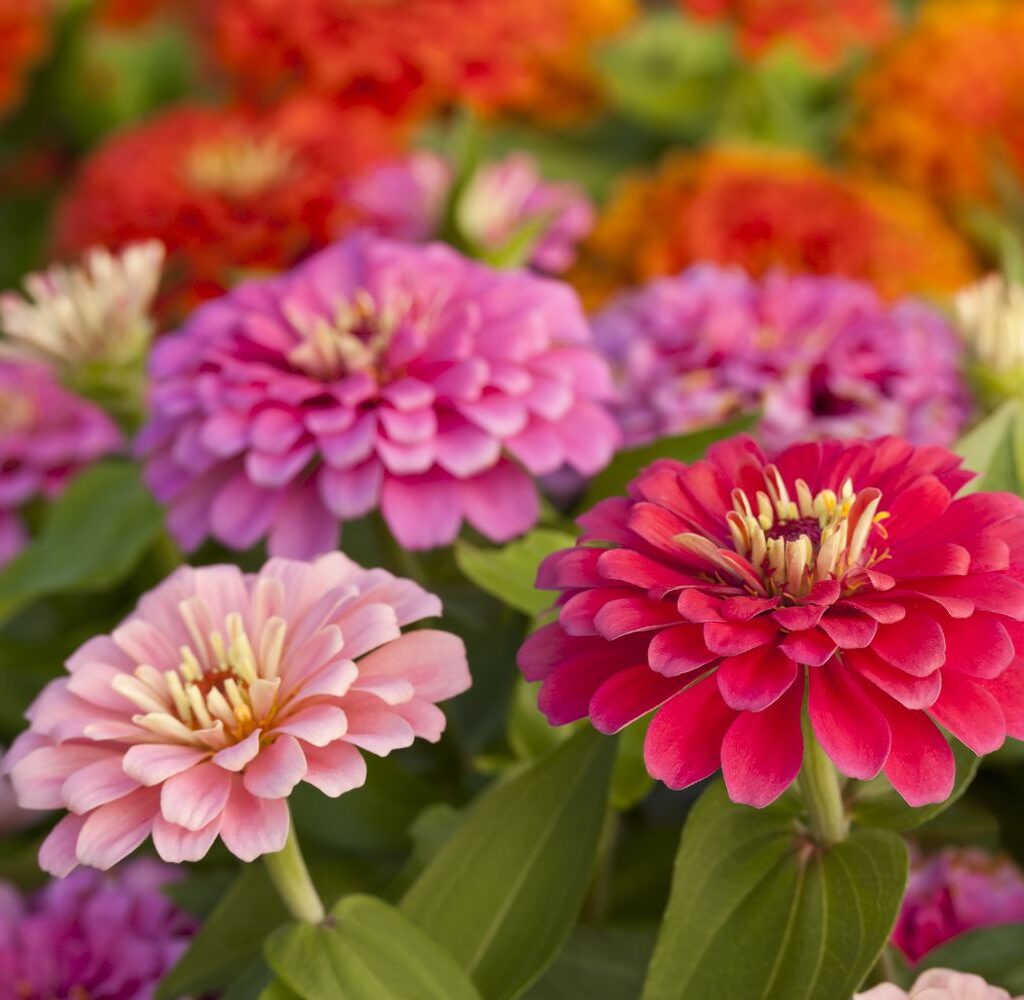
A basil and zinnia combo bed is ideal for gardeners who love cooking with fresh herbs while enjoying bursts of color. Basil offers lush green foliage and delicious leaves perfect for sauces, salads, and teas, while zinnias add cheerful reds, pinks, and yellows. Together, they create a lively display that attracts butterflies and bees, ensuring pollination for your plants. This bed design is practical for kitchen gardens, giving you easy access to fresh herbs alongside flowers that bring seasonal joy.
3. Thyme and Coneflowers for Texture and Pollinators
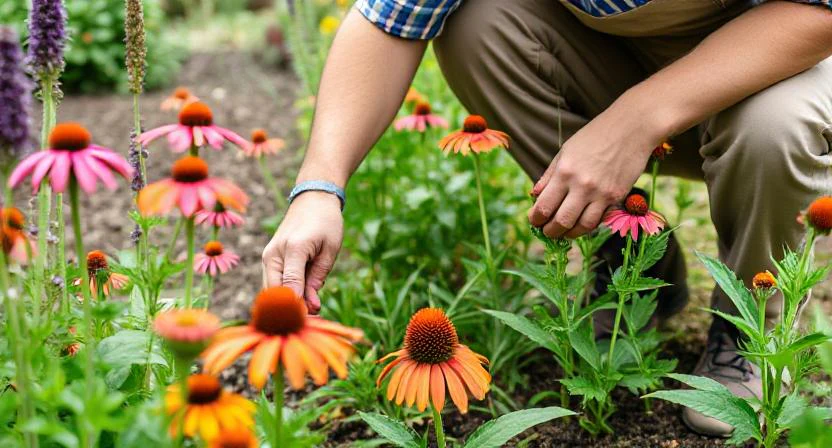
Low-growing thyme makes a fantastic ground cover, and when paired with tall, vibrant coneflowers, the result is a layered, textured flower bed full of charm. Thyme’s tiny purple blooms provide fragrance and flavor for cooking, while coneflowers bring bold pops of pink and purple that attract bees and butterflies. This combination not only looks striking but also promotes a pollinator-friendly environment, making it ideal for gardeners who want both functionality and ecological benefits in their outdoor space.
4. Mint and Nasturtiums for Bold Flavor and Color
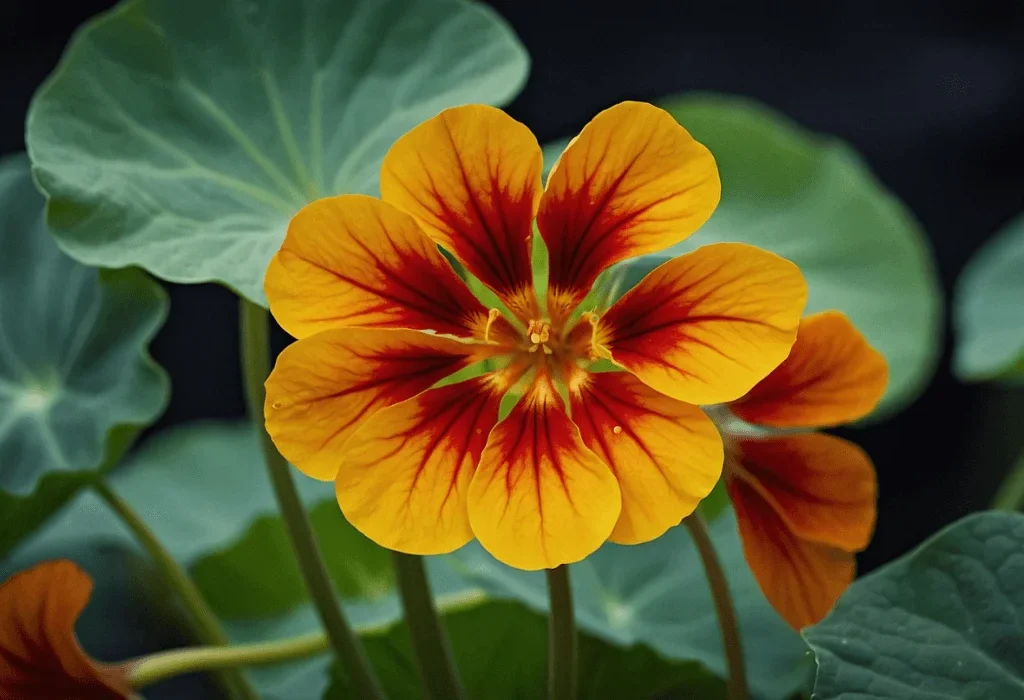
Mint and nasturtiums are a dynamic duo that combine culinary value with vibrant beauty. Mint provides refreshing leaves for teas, desserts, and savory dishes, while nasturtiums add edible flowers and peppery leaves that enhance salads and garnishes. Their bright orange and red blooms contrast beautifully with mint’s rich green foliage, creating a bed that’s as flavorful as it is colorful. Since both plants spread easily, this design works best in a contained bed or raised planter to maintain balance.
5. Sage and Sunflowers for Drama and Contrast
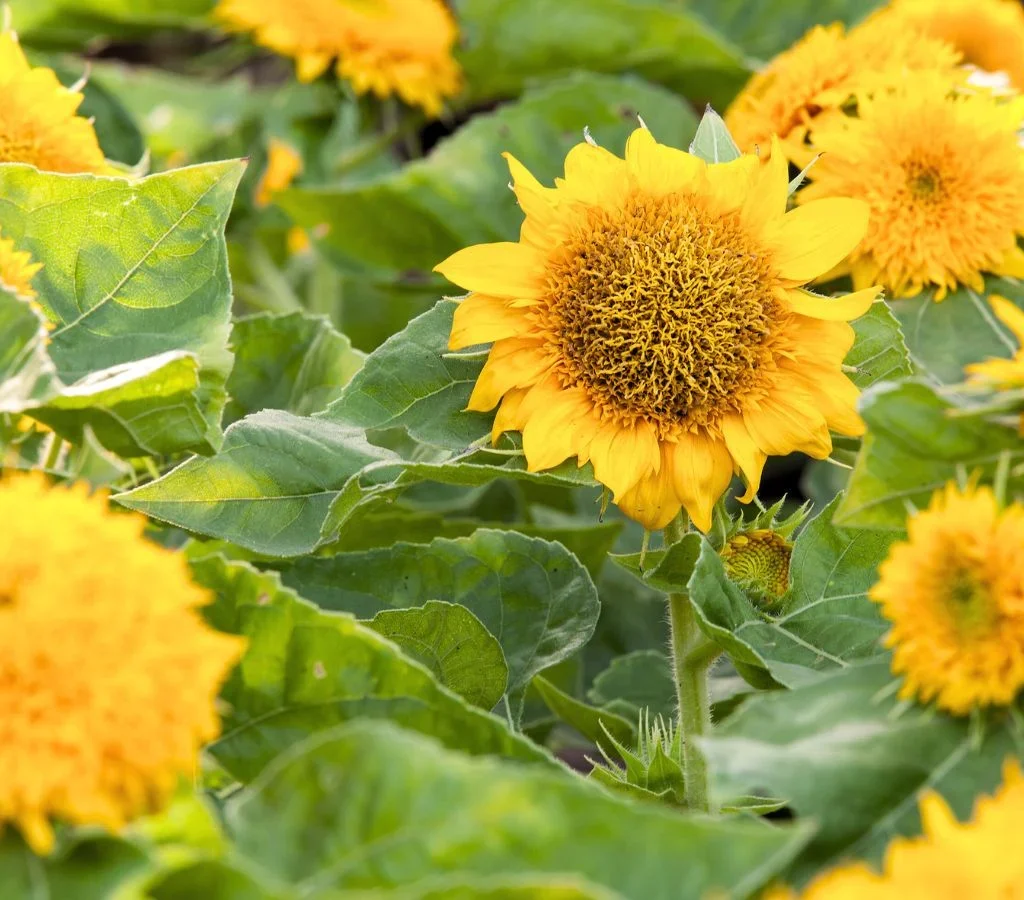
Sage and sunflowers create a dramatic and creative bed that blends silvery herb foliage with towering floral brightness. Sage brings both culinary versatility and subtle beauty, while sunflowers add height, vibrancy, and charm. The contrast between the low, silvery leaves of sage and the tall, bold sunflowers creates a visually striking garden feature. Plus, sunflowers provide seeds for birds and pollinators, while sage can be harvested for cooking or drying. This bed design perfectly merges practical use with ornamental drama.
Final Thoughts
Herb-and-flower combo beds are the perfect way to make your garden more than just a pretty sight. They allow you to enjoy the dual benefits of flavorful harvests and breathtaking blooms while supporting pollinators and adding texture to your landscape. Whether you choose calming lavender with marigolds, bold mint with nasturtiums, or dramatic sage with sunflowers, these designs bring both beauty and flavor to your garden all season long.
